We look at the meaning of mechanics in board game design and how they integrate with idea, theme, and rules
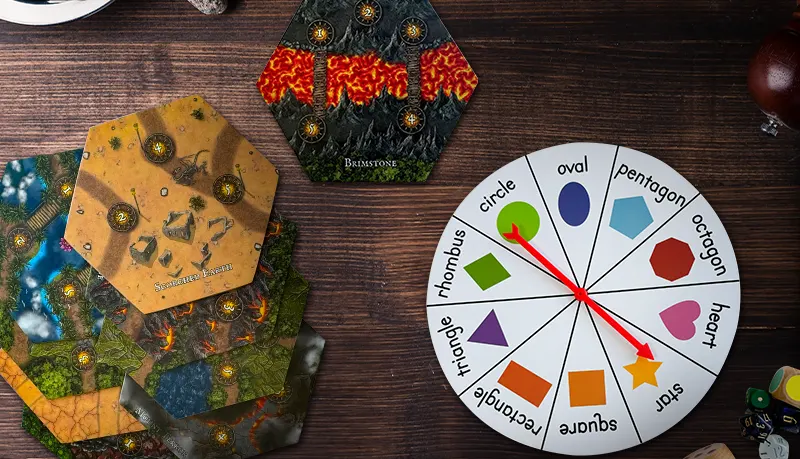
When you’re setting out to create your own board game — whether that’s for a small group of friends and family, your game night or club, or to pitch to a major international game publisher — you’ll need to get to grips with board game mechanics. There’s a lot of mystery surrounding all this, and it can seem off putting to the beginner. But don’t worry. In this post, we’ll clear away the clouds of confusion and explain the basics of what you need to know.
What are board game mechanics?
The mechanics of a motor vehicle or a household device, say, are the sum of the ways the parts interact to generate movement and enable to the machine to do what it should. It’s exactly the same with a board game. Board game mechanics refers to the sum of the actions governed by rules which make the game possible and keep it moving forward to the end.
For example, among the most common and popular mechanics of a great number of board games is the instruction to roll dice. Dice rolling is a mechanic of the game. It usually sums up a number of actions and is embedded within a rule. So, the rule might be, “Players take it in turns to roll the dice and must move their counter in any direction according to the number rolled.” In this case, the rule of dice rolling enables the game to progress by determining the number of spaces a player must move across the board.
Now, you may have noticed that there are other mechanics in that rule, too. There’s a mechanic of movement across the board (counting the number of spaces) and direction (any direction the player chooses) and the idea of taking turns. And all these not only take the game forward, but they also decide how the game goes forward.
If you take the same mechanics within the game rule, but tweak them slightly, you’ll see that the forward progress of the game will change. Perhaps your tweaked rule would specify just one die, which would reduce the maximum number of spaces a player could move their counter in a single turn. You could also add a directional limitation. Common examples might be that counters can’t move diagonally or they can only go forward. And how about a bonus/penalty variation? Say, that if a player rolls a six, they get another turn or sacrifice a turn in the next round.
This is a very important principle to grasp. Mechanics and rules are intimately related. After all, what are board game mechanics without rules? In a loose analogy, if the mechanics are the moving, interlocking parts of the game’s engine, the rules are the controls, gears, and steering wheel which guide the speed and direction when the game is running.
The fundamental mechanics of all board games are similar and essentially simple — although there are dozens to choose from, as in this non-exhaustive Wikiversity list of almost a hundred. What makes each game unique is the way the mechanics are combined and regulated. A board game designer is much like an engineer in this respect. Give two engineers the same box of widgets and the same bag of tools and they’ll both come up with completely different machines. Likewise, all game makers have the same mechanics at their disposal, but there are almost unlimited new ways to put them all together.
How do board game mechanics work?
Board game mechanics work in two important — and seemingly conflicting— ways. They make it possible for the players to achieve the objective of the game — or the so-called ‘win condition’ — such as reaching a location, collecting a full set of cards or tokens, eliminating the other players, or occupying a given area of the board. But they also limit how much players can do in a given turn. It’s the tension between these two functions — making it possible but adding difficulty — which give the tension, excitement, and the challenge which make a game fun to play.
This is the main reason why it’s so important to get the balance of the mechanics and the rules which govern them just right. The best way to do that is by playing as many different board games as possible while keeping notes about the mechanics and rules of those games you like best; and by play testing your own game as many times as you can with different groups, tweaking the mechanics and adjusting the rules each time, until play is fun and runs smoothly but is still exciting and engaging for the players.
Another important way that the choice of game mechanics and governing rules influence a game — now that you’ve understood that on one hand, they allow the players to act while also limiting the number and extent of those actions — is its length. If the mechanics are too many and too slow and the rules over-complicated, the game could drag on or the win condition prove impossible to achieve. In the same way, if the mechanics are too few and the rules too easy, the game might be over too soon and the players could get bored because it’s not challenging enough for them.
Board game mechanics and freedom of choice
You also need to ask yourself what are board game mechanics you could use to make sure the players have enough choices they can make; that they have the opportunity to plan and use skill to win the game, rather than feeling that everything is down to the random outcome of a dice roll. So, make sure that you use the kinds of mechanics which allow a choice between options. For example, a player may land on a square which offers them a choice between picking another card or an extra dice roll.
The important factor in the example above must be that the options each have consequences and risks attached. So, perhaps the card might confer a much-needed boost in a combat skill but might only have a low value which wouldn’t make much difference; while the extra dice roll could get the player ahead toward their objective, but sacrificing a potential boost in combat skills (by not opting for the card) could leave them to encounter the enemy too soon to be sure of winning the combat.
How board game mechanics integrate with rules and themes
Adding in options and choices via the mechanics is vital to give your players a sense of agency, of having some control over outcomes, and being able to create strategies to win. In this sense, the operation of the board game mechanics needs to be ‘hidden’ in the theme and plot of the game idea and world so that the players can feel truly involved in play.
This is true even of the simpler, traditional board games. Think of Clue — the famous family detective game — whose fundamental mechanic is a repeating ‘yes/no’ elimination algorithm but allows players to choose which rooms, which suspects, and which potential murder weapons are tested each turn. This game mechanic — which would be rather boring if it were reduced to only doing the math with pencil and paper — becomes exciting because of the choices players can make and the thematic context of a murder mystery.
What are board game mechanics without choice and theme? Not much more than mathematical formulae. We look at each element of game design separately to make it easier to think about. But the truth is that idea, theme, mechanics, and rules need to synchronize and integrate to make a playable game.
If you’ve been exploring the mechanics of board games, you’re probably interested in making your own board game, right? If so, you’re at the start of a fascinating and potentially rewarding creative journey. At Qin Printing, we love board games just as you do and that’s one reason why we decided to put so much into our board game creation service.
It goes beyond simply printing boards — although we do that, too! We can work with you to create a prototype, design and print your rule book, and even manufacture custom components for your game including tiles, cards, dice, figures, miniatures, and more. And we complete the whole package with a custom printed game box. In short, we’re more than a printing service: we offer complete board game manufacture.
Interested? Get in touch today for a no-obligation quote on your project. Or, if you’d prefer, just talk to us about your idea and one of our experts from our experienced team will be happy to explain how we can help realize your dream of a beautiful, unique, custom board game. We look forward to sharing your enthusiasm and putting our experience, knowledge, and state-of-the-art technology at your disposal. Let’s talk!





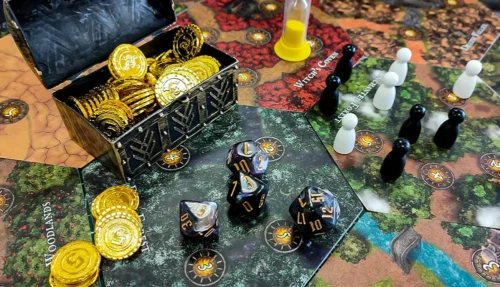
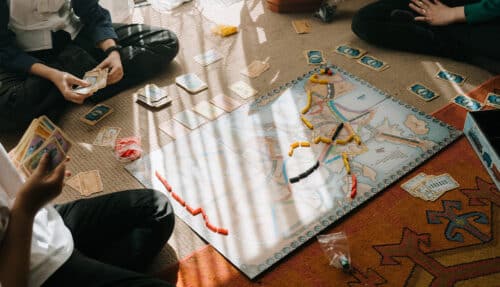
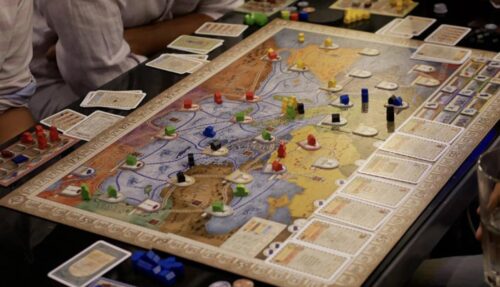

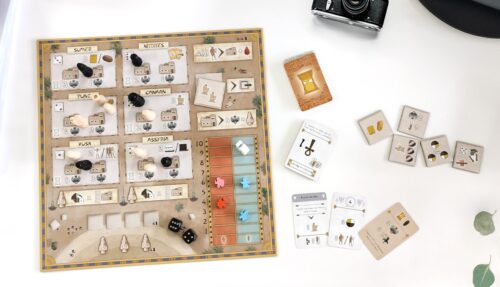

2 thoughts on “What Are Board Game Mechanics?”
Good evening. I created a board game at home several years ago as part of a school project. To this day, my kids, their friends and my nieces and nephews love to play the game. We played it over Christmas and my sister told me I should find a way to mass produce it. Would you be able to send me some information about your company and services? Thank you.
Hi Lisa. That sounds like great fun! We'd be delighted to help you transform your family game into a professional edition. To get started, you might want to check out this informative page: https://www.qinprinting.com/custom-board-games-printing-services/ In the meanwhile, we've asked one of our board game experts to shoot you an email to touch base and see what we can do to help you going forward. Sounds like a great project and we'd love to work with you!